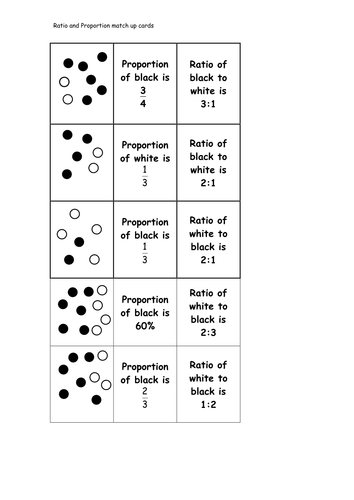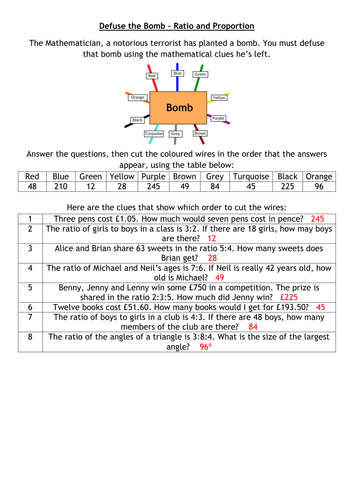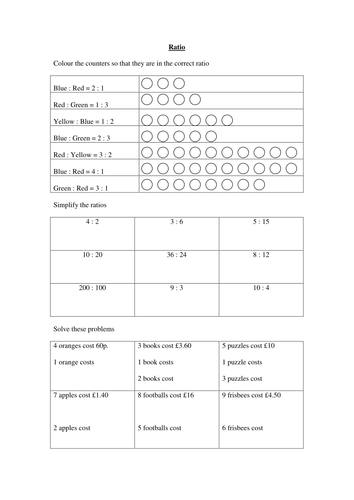Number: Ratio and proportion
Having met ratio and proportion informally as part of previous topic areas, pupils secure their understanding of the concepts.
In order to progress in these chapters, it is vital that pupils are secure in their understanding of multiplication and division, as well as fractions. Previous informal use of ratio and proportion may include knowledge of the fact that there are 100cm in 1m, and in solving problems where one quantity is twice as big as another. This work will be formalised throughout this topic.
Pupils will understand that a ratio shows the relationship between two values, describing how one is related to another. They will start by making simple comparisons between two different quantities. For example, they may compare the number of boys to girls in the class and write statements such as “for every one girl, there are two boys”. Pupils will also understand that proportion is a name given to a statement showing that two ratios are equal.
To consolidate their understanding, pupils will solve rich problems with real-life contexts, such as altering a recipe.






